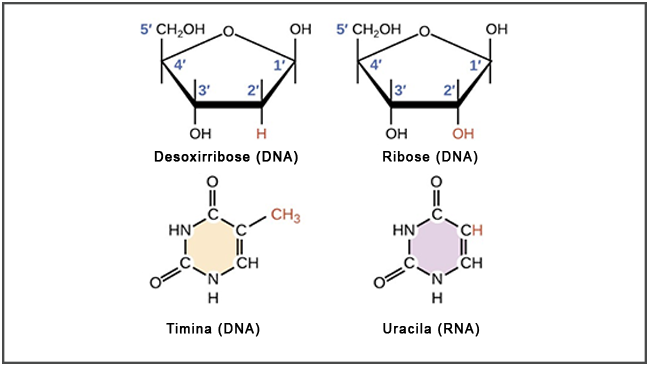snow is a meteorological phenomenon that happens under conditions of intense cold and moisture. Snow forms when water vapor from the cloud turns into ice crystals, which clump together and form snowflakes.
For snow to happen, the cloud temperature must be below 0°C. Also, the air temperature to the earth's surface must be cool enough that the snow does not melt after the flakes fall from the cloud.
How does snow form?
For snow to form, two conditions are fundamental: a temperature must be under zero and there must be moisture enough for the formation of ice crystals.
Snow formation takes place inside the cloud. When the cloud temperature is low, the water vapor droplets turn directly into ice, that is, without the water passing through the liquid phase.
The frozen droplet is a ice crystal. This ice crystal joins other vapor droplets that also freeze, forming the Snowflakes. Crystals and snowflakes are hexagonal structures of various shapes.

understand more about moisture and temperature.
The shape
hexagonal it results from the solid state bond between the atoms that make up water: two hydrogen atoms (H) and one oxygen (O). The shape of these structures depends on the amount of water and air temperature.Snow begins when the flakes reach enough size and weight to fall from the cloud towards the Earth's surface. But not every snowflake that comes out of the cloud will reach the ground like traditional white snowflakes.
This is because, if the temperature of the atmosphere is above 0 ºC, the ice can melt before reaching the ground. For the snowflakes to reach the ground, the air temperature throughout the entire route must be below 0°C.
Check out what happens to snowflakes in different air conditions:
- Hot air: if the air temperature is above 0°C, the snowflakes will melt completely or partially, and may reach the ground in the form of hail or even rain.
- Moist air: if the air is humid and the temperature is close to 0°C, snowflakes easily clump together, forming large snowflakes. These flakes are fluffier and ideal for making snowmen.
- Cold and dry air: when snowflakes fall into a dry, very cold atmosphere, they acquire a dust-like texture and do not stick together easily. This is the ideal snow for skiing.
See the meaning of hydrogen and oxygen.
Where is there snow?
Snow is a phenomenon that happens in regions of cold weather or seasoned, in regions close to the tropics. It is also possible to find snow in areas of medium or high latitude.
Despite being a tropical country, in some parts of Brazil snow is common during the winter. This happens, especially, in the highlands of Santa Catarina and Rio Grande do Sul.
understand what it is climate.
 Snow in Caxias do Sul, Rio Grande do Sul - August 27, 2013.
Snow in Caxias do Sul, Rio Grande do Sul - August 27, 2013.
negative consequences of snow
Despite its beauty, snow can be a problem, especially in places where it snows a lot. One of the big dangers is that wet snow and at temperatures between -5 °C and 2 °C makes the slopes very slippery, causing skid of vehicles.
In cooler temperatures and drier weather conditions it is not common for slopes to become slippery. In these cases, the problem is the accumulation of snow, which can impede the movement of people and vehicles.
Snow Fun Facts
- At avalanches they occur when a large amount of snow accumulated in a steep place, suffers the action of gravity and moves quickly and violently.
- Large accumulated amounts of snow can take time to melt due to the ability to light reflection of ice. The ice surface reflects, on average, 90% of the energy that falls on it.
- Although the ice color is translucent, we see the White snow because all the light is reflected back to our eyes.
- Despite being made of ice, the igloo they can guarantee much higher temperatures compared to the outside and this is due to the thermal insulation produced by the ice.
- blizzards they happen when there are many snowflakes falling during the occurrence of very strong winds.
See also the meaning of igloo and light reflection.


